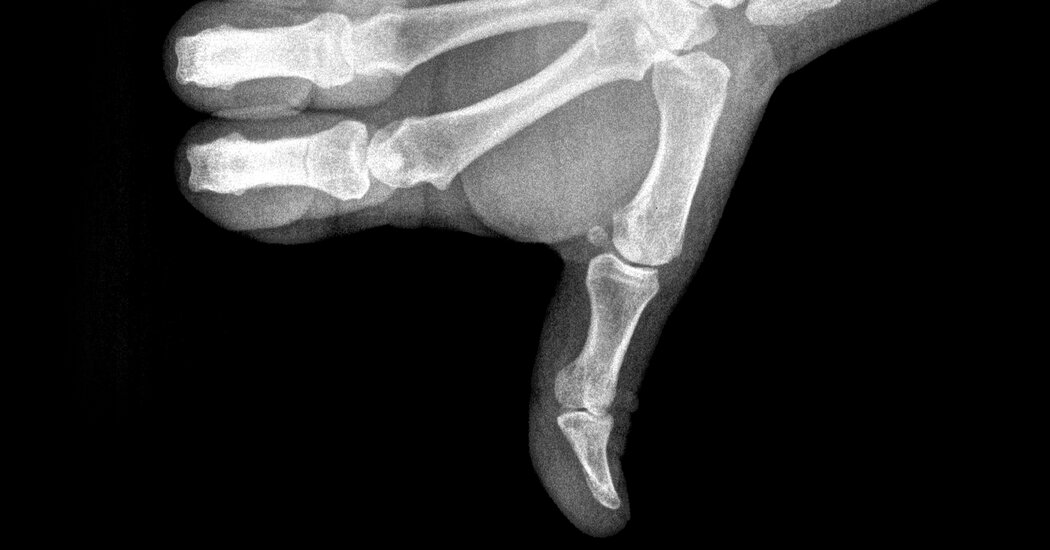Back in 2006, the state of Washington enacted a law creating the Washington State Health Technology Assessment Program. Since 2007, the state’s Health Care Authority has administered a Health Technology Clinical Committee (HTCC)–composed of eleven independent health care professionals who review information and render decisions at open public meetings. They determine whether and how selected health technologies (medical and surgical devices and procedures, medical equipment, and diagnostic tests) are covered by several state agencies. Participating state agencies include the Health Care Authority; Department of Social and Health Services (Medicaid); Labor and Industries; Department of Corrections; and Department of Veterans Affairs. In some respects, the program is analogous to the United Kingdom’s National Institute for Health and Care Excellence (NICE), which performs similar functions for the National Health Service.
The agency sets forth the following problem statement:
New innovations in medicine, even in the last ten years, have improved the health and lives of patients, yet they have come at a high cost in terms of health, safety, and affordability. Health care spending and costs are rising dramatically, but patients in the U.S. are not getting healthier nor using health care that is available, recommended, and proven to work. Medical products and treatments are introduced without independent, scientific evidence about whether they are safe, effective, and provide benefits that are better than existing alternatives. The information age has compounded the problem – there is a flood of information, but doctors and patients don’t have the tools or the time to sort through it all.
It engages in this process:
[Chosen] technology topics will be posted for thirty (30) days to gather public comment. An impartial research firm, called a Technology Assessment Center, will then conduct a review of the evidence about safety, effectiveness, and cost comparisons and write a report that summarizes the evidence and the methods used to analyze it. These assessment reports typically take between two and six months to complete. Once the report has been completed, it is given to the Health Technology Clinical Committee. The clinicians on the committee will use the evidence report to decide whether the technology is shown to be safe and effective; whether Washington state agencies will pay for the technology; and under what circumstances. The initial review and decision process will take between six and twelve months, and technologies will be considered for re-review at least every eighteen months.
So what did the HTCC conclude about proton beam therapy? They unanimously decided that its use should be restricted to clinically appropriate cases, based on the best available scientific evidence.
Proton Beam Therapy is a covered benefit with conditions for: Ocular cancers; Pediatric cancers (e.g., medulloblastoma, retinoblastoma, Ewing’s sarcoma); Central nervous system tumors; Other non-metastatic cancers with the following conditions: Patient has had prior radiation in the expected treatment field with contraindication to all other forms of therapy; and at agency discretion.
Proton Beam Therapy is not covered for all other conditions.
Well, here we go. One state, at least, has the sense to mandate that clinical effectiveness analyses take place and the spine to take on the medical-industrial-hospital complex in disapproving clinically unsupported uses of a high-cost technology.
At the national level, it’s another story, as noted in this 2014 Modern Healthcare article by Jaimy Lee:
The CMS hasn’t issued a national coverage decision for proton-beam therapy. All local Medicare contractors have approved paying for the treatment.
In a 2013 Brookings Institution paper, [Amitabh] Chandra wrote that the willingness of Medicare to cover the average total cost of proton-beam therapy is incentivizing hospitals to build centers that cost hundreds of millions of dollars and also to “run through as many prostate cancer patients as possible to pay off the bonds.” Other policy experts, writing in the New York Times’ opinion page, called proton-beam therapy “crazy medicine and unsustainable public policy.”
(Note: Thanks to @pash22 on Twitter for the lead on this story.)
SOURCE: Not Running a Hospital – Read entire story here.





